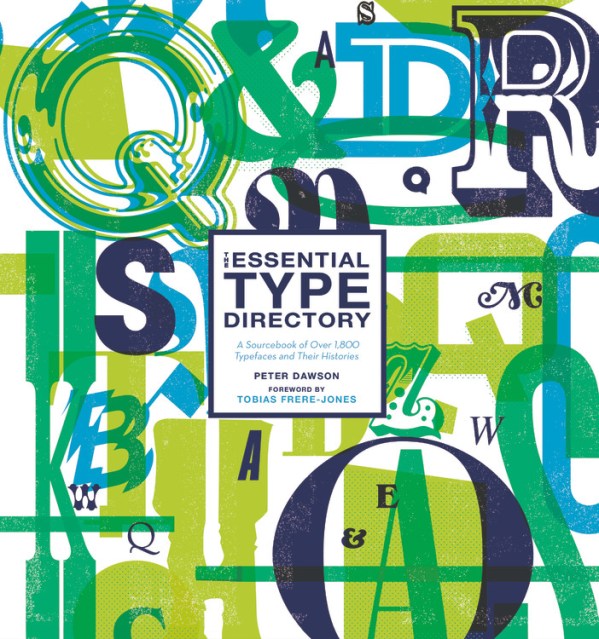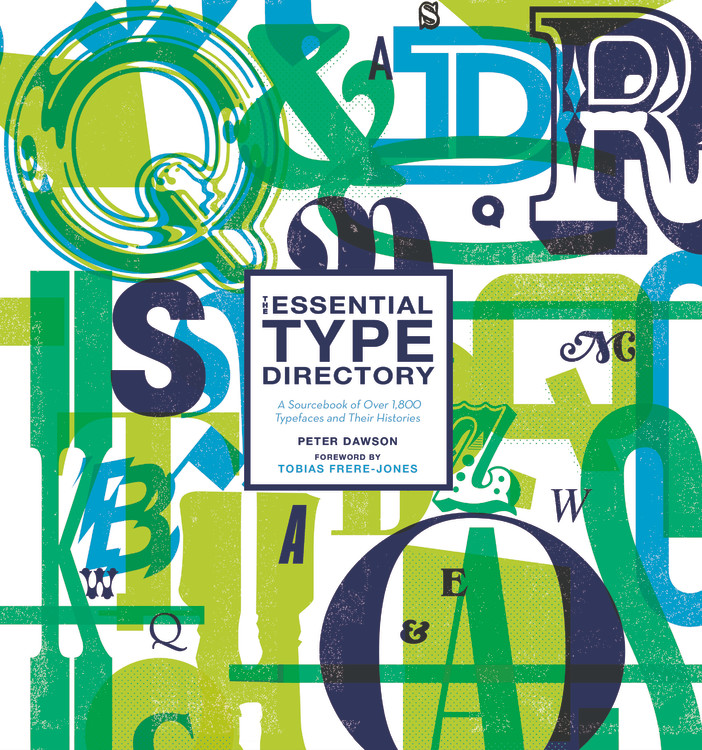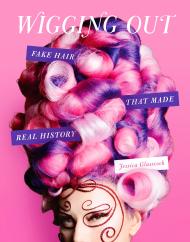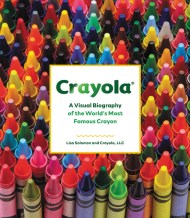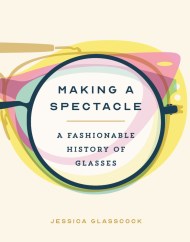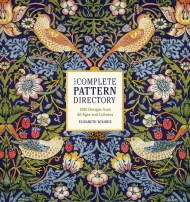Promotion
Use code MOM24 for 20% off site wide + free shipping over $45
The Essential Type Directory
A Sourcebook of Over 1,800 Typefaces and Their Histories
Contributors
By Peter Dawson
Foreword by Tobias Frere-Jones
Formats and Prices
Price
$45.00Price
$57.00 CADFormat
Format:
- Hardcover $45.00 $57.00 CAD
- ebook $21.99 $28.99 CAD
This item is a preorder. Your payment method will be charged immediately, and the product is expected to ship on or around December 17, 2019. This date is subject to change due to shipping delays beyond our control.
Also available from:
The most comprehensive, practical, and beautiful directory of type, organized by type category — Serif, San Serif, Display, and Script — and covering all styles throughout history.
Genre:
- On Sale
- Dec 17, 2019
- Page Count
- 672 pages
- Publisher
- Black Dog & Leventhal
- ISBN-13
- 9780762468171
Newsletter Signup
By clicking ‘Sign Up,’ I acknowledge that I have read and agree to Hachette Book Group’s Privacy Policy and Terms of Use
